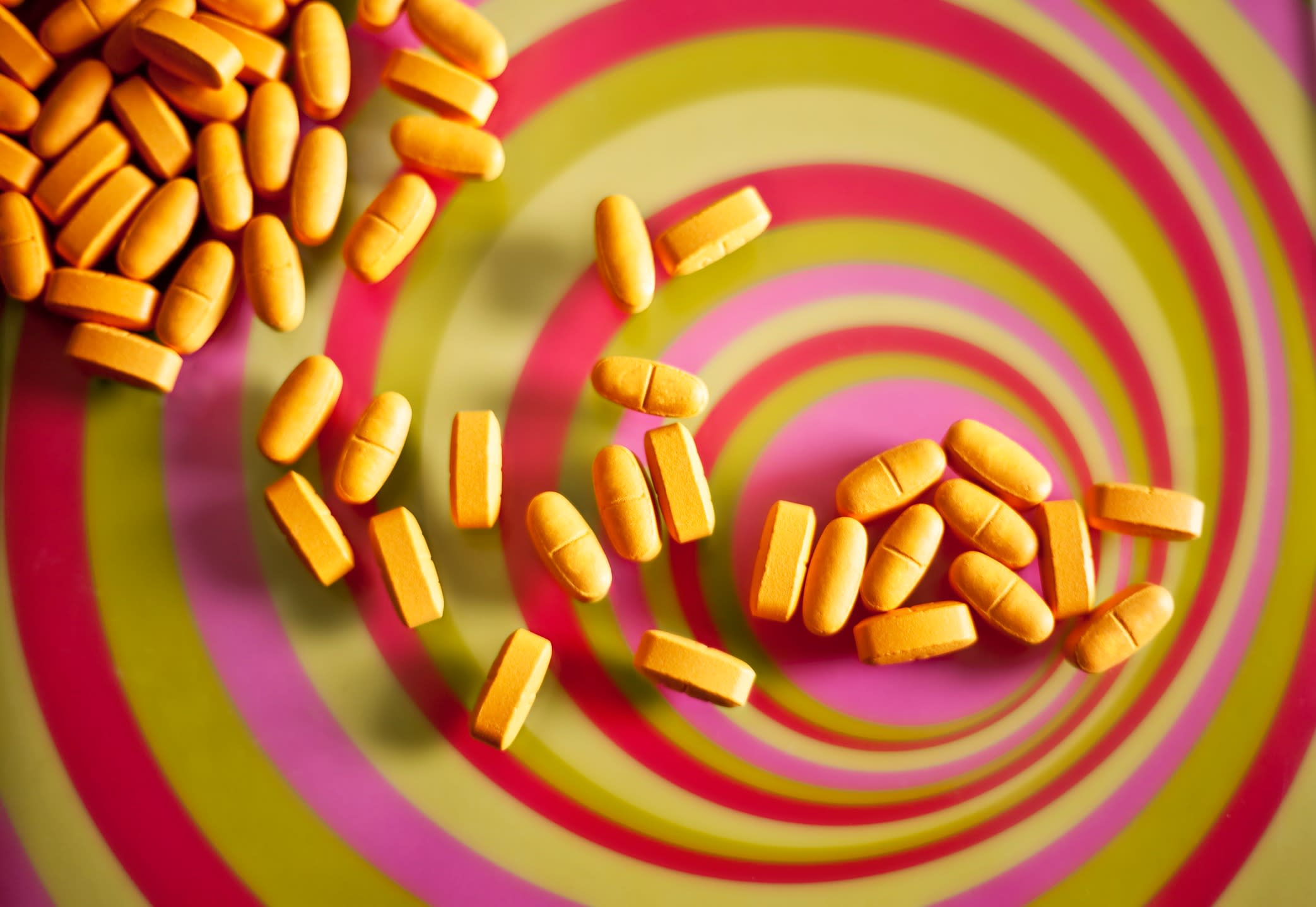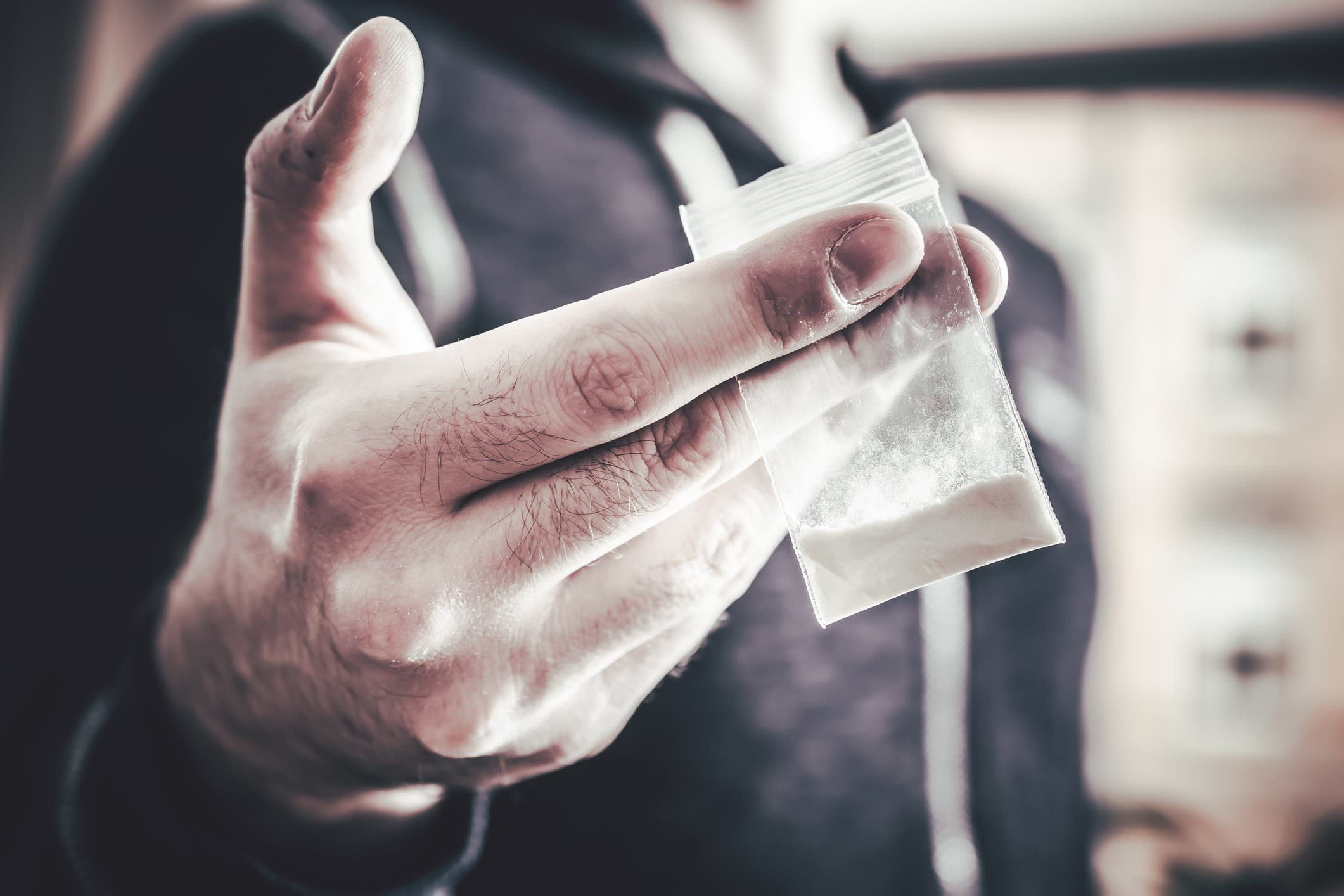Two years ago, in a field of forensic medicine known as “toxico-surveillance”, a group involving Monash University and Monash Health began taking samples of blood and other fluids from drug-overdose patients in emergency departments, to see what was there. This was due to an alarming rise in strange new drugs flooding into the illicit market in Australia.
Jennifer Schumann
Adjunct Associate Professor (Research), Department of Forensic Medicine
The drugs are mainly made in clandestine factories in China or India. They’re sold online in the first instance. Many, when taken in combination with other drugs or on their own, can kill. They’re intended to mimic ecstasy, amphetamines, LSD, opioids, cannabis, and benzodiazepines such as Xanax.

“The compounds are often referred to as research chemicals,” says Monash’s Associate Professor Jennifer Schumann, head of the drug intelligence unit at the (VIFM).
They were originally made for more legitimate purposes.
“For example,” she says, “a lot of the novel synthetic opioids were initially synthesised in the 1950s and ’60s to investigate potential alternative analgesics, but never progressed to market. But now they’re being synthesised illegally.”
However, the real investigative beginnings of this story tracking the rise of “novel psychoactive substances” (NPS) in Australia starts with a cluster of five deaths in six months in Melbourne in 2016 and 2017.
According to , once the deaths had gone to the Victorian coroner:
“… the cluster of deaths was uncovered when 20 people were hospitalised in one weekend in January 2017, after taking what police thought was bad ecstasy in a nightclub precinct. One died in front of his girlfriend, another on Christmas Day.”
The NPS’ were 25C-NBOMe and 4-Fluoroamphetamine – “which they believed were MDMA or magic mushrooms”, The Age reported. . is a lab-made chemical that can mimic amphetamine, methamphetamine, or MDMA.
The state’s coroner recommended urgent public drug testing as a result of the deaths.
Toxico-surveillance unit established
The (EDNA) was formed in 2019, comprising emergency physicians, toxicologists, and forensic laboratories from most states and territories to conduct “toxico-surveillance” in hospital emergency departments.
Melbourne and wider Victoria – as EDNAV (V for Victoria) – started up in 2020 and provides the Victorian part of the network. Victoria has 17 hospitals – regional and metropolitan – in the system.
The difference now is that instead of relying largely on user reports in hospitals (that is, patients saying what they took), fluids are taken – “comprehensive biological fluid forensic analysis to identify exposures”, says Associate Professor Shaun Greene, an honorary clinical toxicologist at Monash Health, and the project’s lead.
Associate Professor Greene is also medical director of the Victorian Poisons Information Centre, and an emergency medicine physician and clinical toxicologist at Austin Health.
Analysis of drugs in hospitals up until this point in Australia has been basic, says Associate Professor Schumann.
“Clinicians would agree that patients are treated symptomatically, for what is wrong with them at the time. But we’re looking at the toxico-surveillance approach, so we know what is circulating in the community.
“It may not help the patient in the short term, in terms of their recovery from that incident, but it does better-inform the community and helps clinicians understand what’s around, which may improve treatment in the long term.”
The illicit drug monitoring links in with similar international schemes in a global network of “early warning systems”.
In Europe, these warning systems have found on average one new substance a week.
Early detection
The ENDAV network has already found many “novel psychoactive substances” before they’ve been otherwise detected in Australia. It’s a partnership with the Victorian Department of Health and Human Services, which facilitates rapid dissemination of public health alerts to the community.
The EDNAV project has found illicit benzodiazepines, opioids, , hallucinogens and synthetic cannabinoids, and has highlighted significant differences between individuals’ reports and actual forensic analysis. Users were over 16, and , all from EDNAV, except for the March 2020 alert on “‘UPS’-stamped” ecstasy pills.
The main message so far is that people don’t know what they’re taking.

“We’ve seen cocaine and MDMA that people thought they were taking, but it was actually a substance called . We’ve seen many novel benzodiazepines, and there are more and more appearing all the time.
“We’ve detected novel benzodiazepines that have never been seen in Australia before.
“I think the biggest concern is that people don’t know what they’re taking,” says Associate Professor Schumann. “They’re using illicit drugs that they’re buying off the internet or from their local dealer, without realising what’s actually in that pill or powder.
“We’ve had cases where people have reported buying a specific drug from the internet, but we’ve detected multiple novel compounds in that individual’s blood that they had no idea they’d taken.
“They’re getting more potent formulations – for example, taking a single pill they think is Xanax (alprazolam), not realising that it’s actually a combination of far more potent benzodiazepines.”
One of the latest discoveries from the labs is a benzodiazepine derivative called , which despite being banned by several European countries is still available with a prescription (or on the black market) in Russia and some former Soviet states.
For the researchers, it can be a case of one step forward, two steps back, as new drugs come onto the market.
“A lot of these illicit manufacturers have expert organic chemists that tweak a compound to create a new designer drug that may be structurally similar but far more toxic,” says Associate Professor Schumann.
“There’s now more than 1200 different novel substances that have been reported to the European early warning system. It’s constantly growing.”






